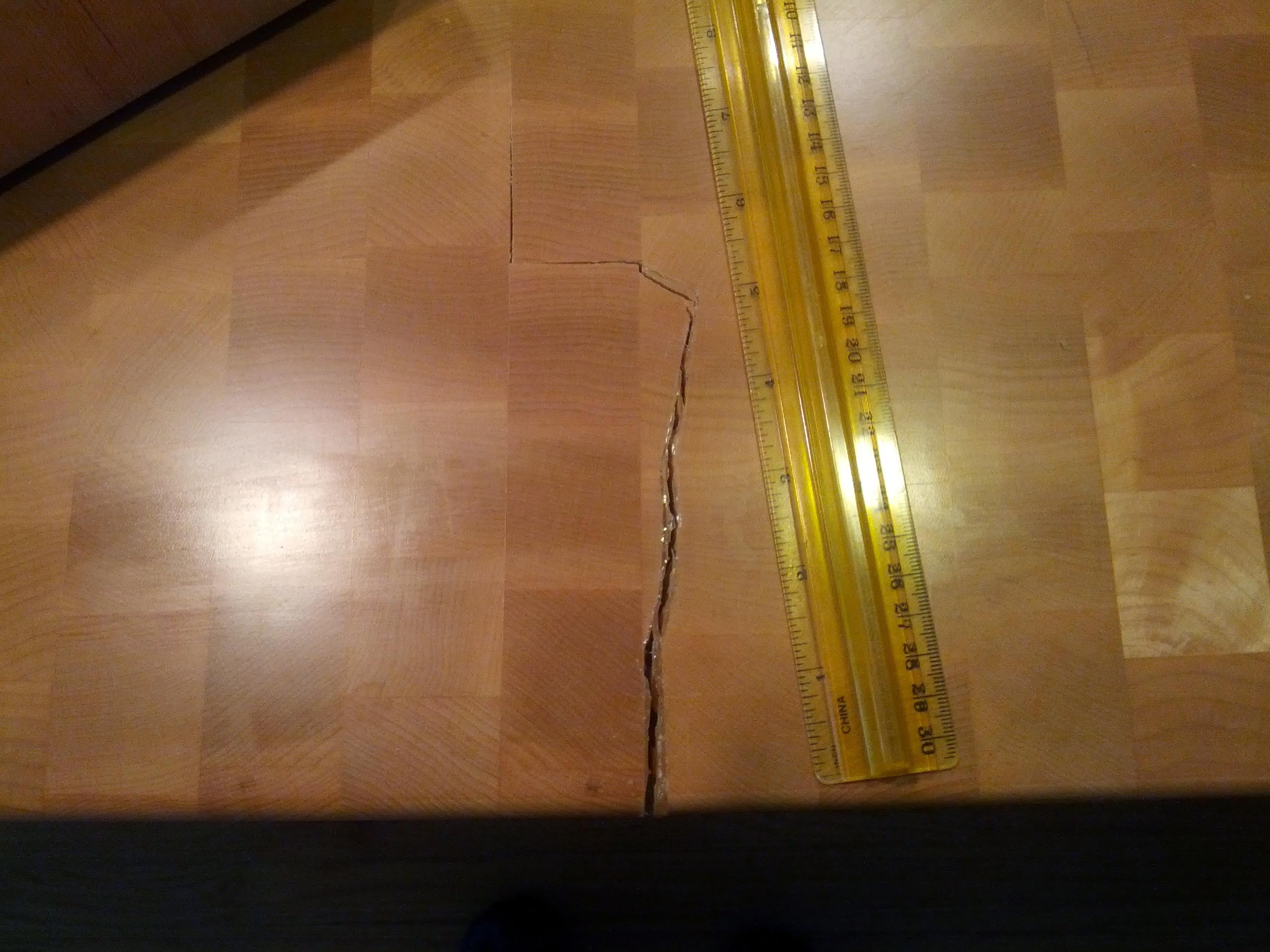Lumber Core Raised Panels
Considerations involved in fabricating raised-panel cabinet doors using veneer applied to lumber-core plywood. March 20, 2006
Question
We are a residential custom casework manufacturer. We are currently researching the use of hardwood lumber core with matching veneer for our raised panel doors. Similar technology is employed by entry door manufacturers (as an engineered raised panel). The idea is to reduce glue-up labor, improve lumber yield, and improve face appearance and consistency. Does anyone have experience manufacturing cabinet doors in this fashion? We are also looking at buying the lumber core panels - any manufacturer suggestions?
Forum Responses
(Cabinetmaking Forum)
From contributor F:
Problems with that scheme are: The core species will not match the face veneer when exposed by the shaper knife. The core will not be craftsman like. It is sure to contain defects, butt joints, etc. The only way I know of to fake a raised panel is more labor intensive than gluing up solid wood. That method is edge banding MDF or similar material with solid wood mitered at the corners. Then, after veneering both faces in the species of the mitered edge banding, the panel is raised.
From contributor G:
You may want to check with Arkansas Wood Doors regarding their veneer raised panels. The panels are MDF veneered with wood veneer of your choice. You can buy the complete doors or just the raised panels. Price is right. I've made paint grade raised panel doors with lumber core. Too hard to sand and finish the raised portion.
From contributor J:
We have done this on a custom basis. It is quite labor intensive compared to a solid raised panel, so there should be a compelling reason to choose it. Color/grain consistency is one; we use it for curved raised panels. I strongly recommend using a veneer crossband, or you may experience splitting/cracking of the face veneer.
From contributor L:
AWI premium grade requires the panel to have a stable core (MDF/PB) with the area to be profiled mitered around the core. The face and back are then veneered, and then the panel is shaped. The typical glued up panel used in most kitchen cabinet doors will not meet premium grade requirements no matter how nicely matched, sanded or finished. The problem with a solid wood panel is the cross-grain movement. You will see a defect in the finish when the panel shrinks in the winter. If the finish seeps in around the panel and glues it to the frame, you will have stresses that can either break the panel or the frame joints.
From contributor R:
Arkansas Wood Doors has your answer. They raise an MDF panel, then veneer it. Looks good. If they sliced their own veneer, they could build an 18''X26'' panel for 3 bucks. I have seen their product and it is top notch.
From contributor D:
It was pretty common to use lumber core ply for raised panels a while ago. I was at a customer's house last week that was built in 1985, and their raised panel doors had an ash lumber core and an oak veneer overlay. In 20 years they had never noticed the difference in grain or color between the ash in the profile and the oak on the face. All of the raised panels in the cabinets in my house, which was built in 1980, are the same way - birch lumber core with hickory veneer. In my opinion, 98 percent of the people who see it would never know the difference. Maybe more.
The advantages I see to that method is they got the lumber core ply in 4x8 sheets. It is priced higher than 7 ply in my area, but far less than 32 SF of the same species in solid wood. Plus you don't have to cut, rip, glue and sand the panels before shaping them, which would be a big labor saver, and the person asking is most likely trying to lower cost to remain competitive. Another advantage would be that you can get matched veneer applied so you can get a more consistent looking face on the door panel which would lead to a more consistently colored door. Just be careful about making sure the core and face are similar in grain and take stain similarly.
